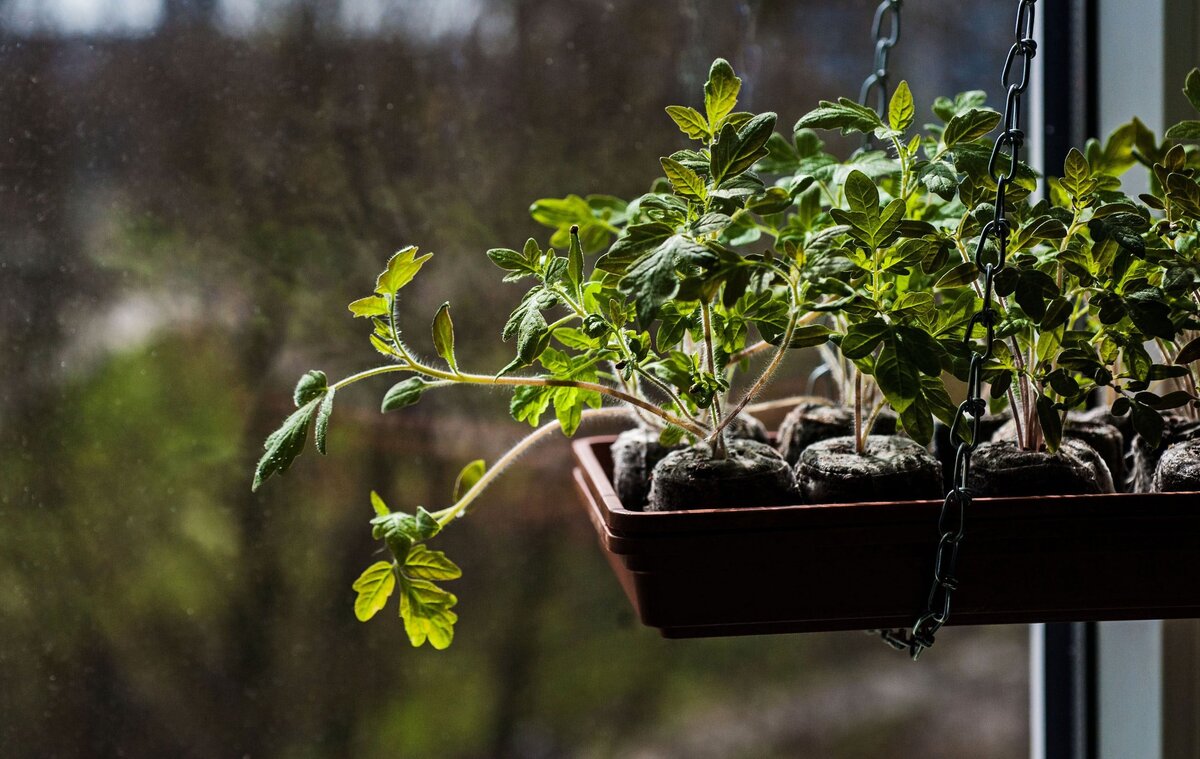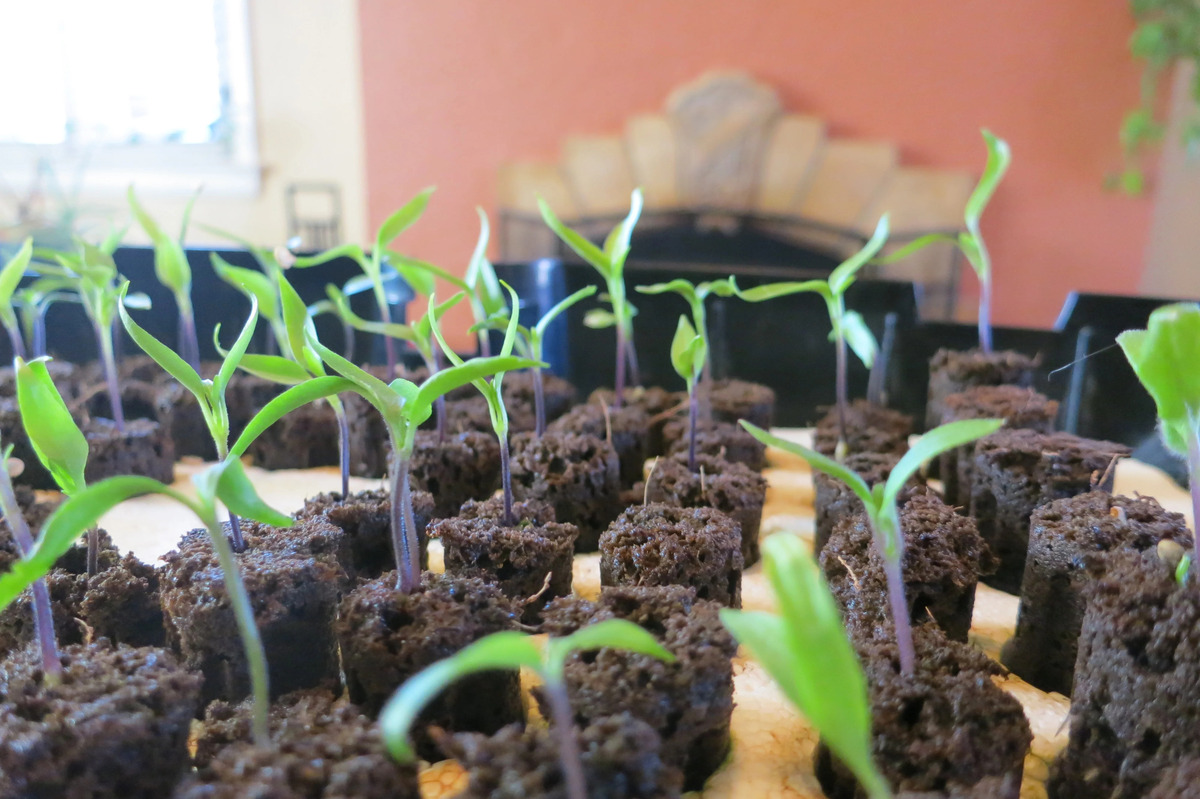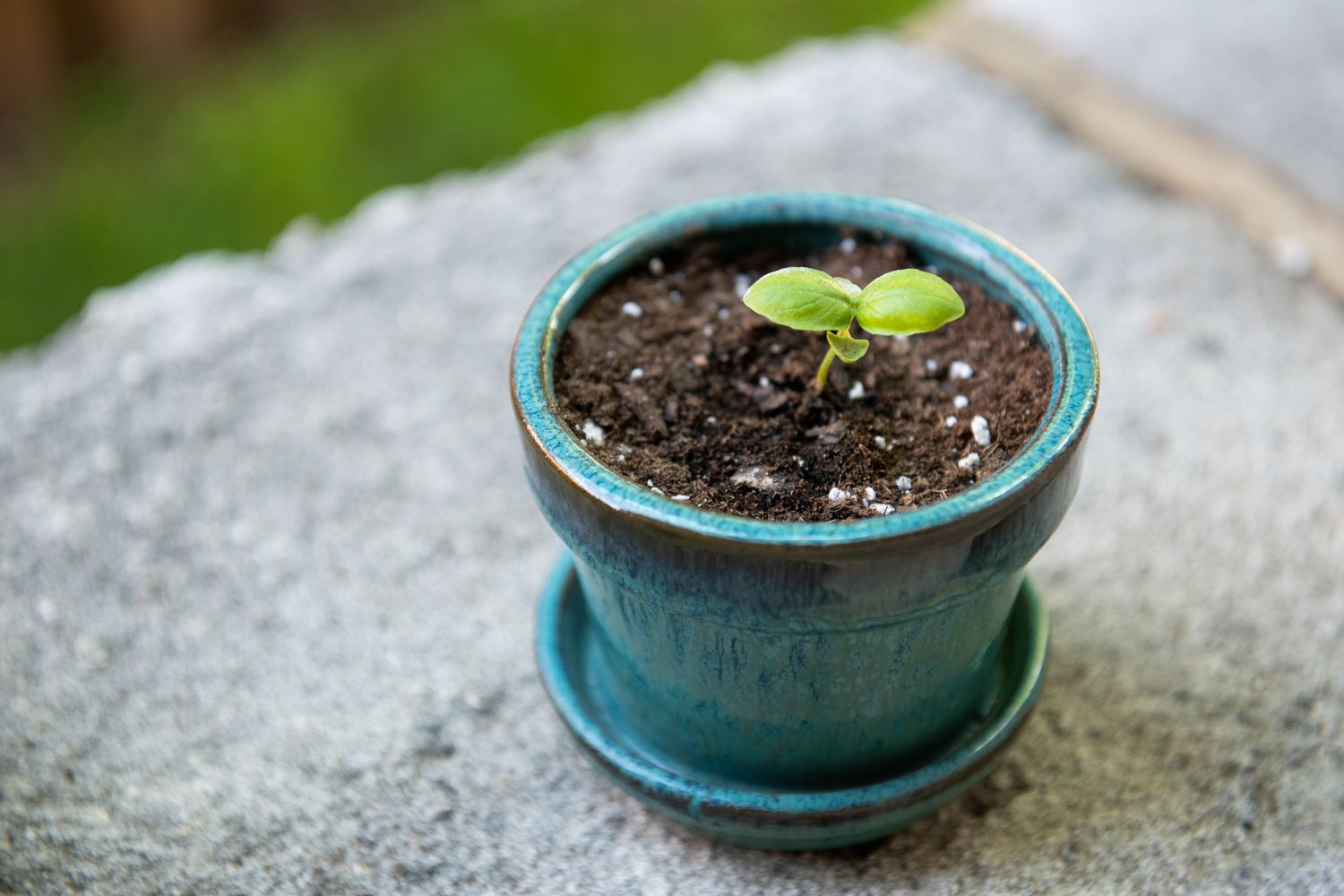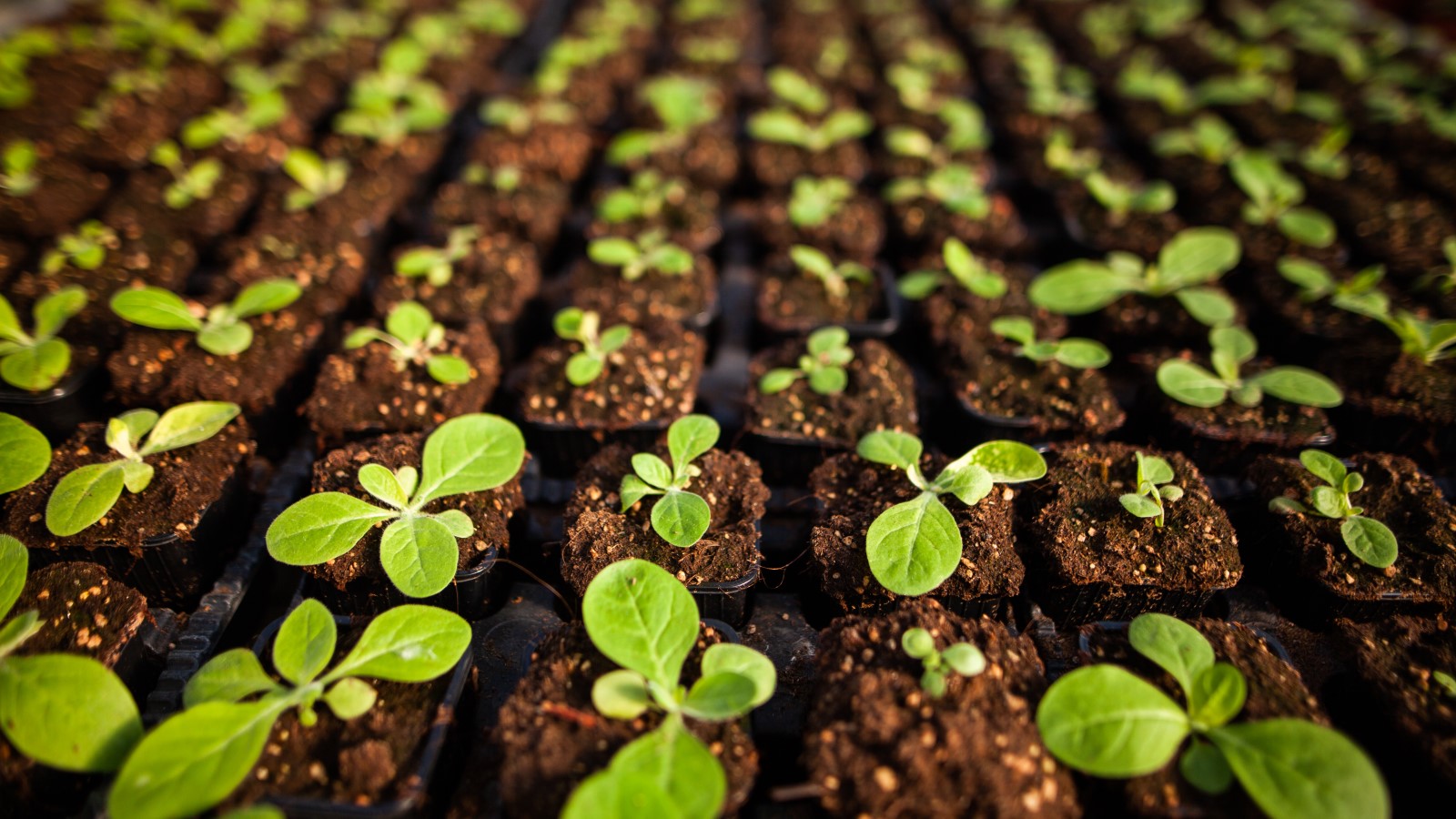Home>Gardening Techniques>Plant Care>When To Repot Cactus Seedlings
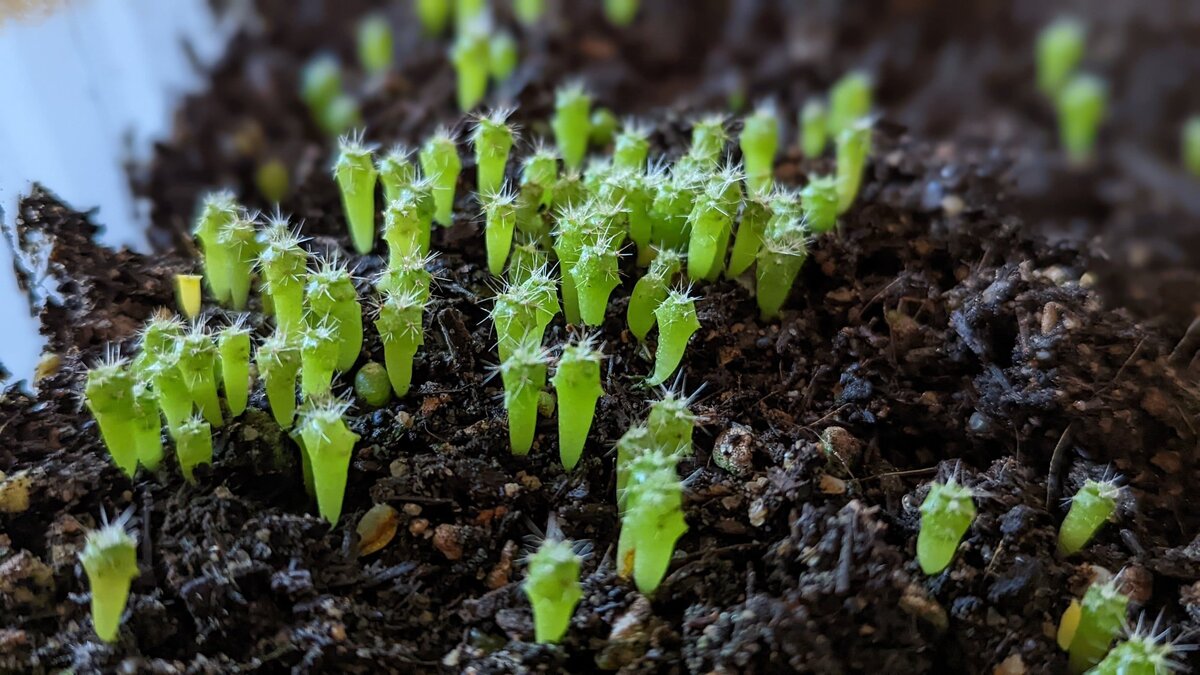

Plant Care
When To Repot Cactus Seedlings
Published: January 5, 2024
Learn when to repot cactus seedlings for optimal plant care. Discover the best timing and techniques to ensure healthy growth and thriving cacti.
(Many of the links in this article redirect to a specific reviewed product. Your purchase of these products through affiliate links helps to generate commission for Chicagolandgardening.com, at no extra cost. Learn more)
Introduction
Introduction
So, you've successfully germinated cactus seeds and now you have healthy little seedlings taking root. Congratulations! Watching these tiny plants grow can be incredibly rewarding, but as they mature, they will eventually outgrow their initial containers. This is when repotting becomes necessary to ensure their continued health and development.
Cactus seedlings, like all young plants, have specific needs to support their growth. As they expand their root systems and increase in size, the original container may no longer provide sufficient space or nutrients. Repotting at the right time is crucial for the well-being of your cactus seedlings, as it allows them to thrive in a more suitable environment.
In this guide, we will explore the signs that indicate it's time to repot your cactus seedlings, as well as the steps to take when transferring them to new containers. By understanding the optimal timing and techniques for repotting, you can effectively support the healthy development of your cactus seedlings and enjoy their growth for years to come. Let's delve into the details of when and how to repot your cactus seedlings to ensure they continue to flourish.
Signs It’s Time to Repot
Signs It’s Time to Repot
As your cactus seedlings grow, there are several key indicators that signal the need for repotting. Recognizing these signs will help you provide the best environment for your young plants to thrive.
Root Crowding: One of the most telling signs that it’s time to repot your cactus seedlings is root crowding. When the roots start to outgrow the current container, they may become pot-bound, tangling and circling within the limited space. This can hinder the plant’s ability to absorb water and nutrients, potentially stunting its growth.
Depleted Soil: Over time, the nutrients in the potting mix can become depleted, especially as the cactus seedlings grow and utilize these resources. If you notice that the soil is no longer providing adequate nourishment, it’s a clear indication that repotting is necessary to replenish the nutrients and support the plants’ continued development.
Visible Stress: Keep an eye out for signs of stress in your cactus seedlings, such as wilting, yellowing, or stunted growth. These symptoms can indicate that the current container is no longer meeting the plants’ needs, prompting the need for a larger, more nourishing environment.
Watering Frequency: If you find yourself needing to water the cactus seedlings more frequently than before, it may be a sign that the current container is unable to retain sufficient moisture for the growing plants. Repotting into a larger container with fresh, well-draining soil can help address this issue and reduce the need for frequent watering.
By staying attentive to these signs, you can proactively address the changing needs of your cactus seedlings and provide them with the space and resources required for healthy growth. Now that we’ve identified the signs that indicate it’s time to repot, let’s explore the essential steps for repotting cactus seedlings to ensure a smooth transition to their new containers.
How to Repot Cactus Seedlings
How to Repot Cactus Seedlings
Repotting cactus seedlings is a straightforward process that, when done correctly, can promote their continued growth and vitality. Follow these steps to ensure a successful transition to their new containers:
- Choose the Right Time: The best time to repot cactus seedlings is during their active growing season, typically in spring or early summer. This allows the plants to recover and establish themselves in their new containers before their growth slows down in the cooler months.
- Select the Appropriate Container: Opt for a new container that is slightly larger than the current one, providing ample room for the cactus seedlings’ roots to expand. Ensure that the new container has drainage holes to prevent waterlogging, which can be detrimental to cacti.
- Prepare the New Potting Mix: Use a well-draining potting mix specifically formulated for cacti and succulents. You can also enhance the mix with materials such as perlite or coarse sand to improve drainage and aeration.
- Gently Remove the Seedlings: Carefully loosen the soil around the cactus seedlings and gently lift them out of their current container. Handle the seedlings with care to avoid damaging their delicate roots.
- Inspect and Untangle the Roots: Once the seedlings are removed, inspect their roots for any signs of overcrowding or tangling. Gently untangle the roots and trim any damaged or excessively long ones to encourage healthy growth in the new container.
- Plant in the New Container: Place a layer of the prepared potting mix at the bottom of the new container and position the cactus seedlings at the desired height, ensuring that the soil surface is slightly below the rim of the container. Fill the remaining space with the potting mix, gently firming it around the seedlings.
- Allow for Adjustment: After repotting, avoid watering the cactus seedlings immediately. Give them a few days to adjust to their new environment before resuming their regular watering schedule.
By following these steps, you can effectively repot your cactus seedlings and provide them with an optimal environment for continued growth. Remember to monitor the seedlings closely in the days following repotting to ensure they adapt well to their new containers. With proper care and attention, your cactus seedlings will thrive in their new homes, rewarding you with their resilient beauty.
Conclusion
Conclusion
Knowing when and how to repot cactus seedlings is essential for supporting their healthy development. By recognizing the signs that indicate the need for repotting and following the proper steps, you can ensure that your young cacti have the space and resources they need to thrive.
When the cactus seedlings show signs of root crowding, depleted soil, visible stress, or increased watering frequency, it’s time to consider repotting them into larger containers. This proactive approach allows you to address their evolving needs and provide an environment conducive to their growth.
When it comes to repotting, timing is key. Choose the active growing season, such as spring or early summer, to minimize stress on the cactus seedlings and facilitate their adjustment to their new containers. Select a slightly larger container with proper drainage, and prepare a well-draining potting mix to support the young plants’ root systems.
During the repotting process, handle the cactus seedlings with care, inspect and untangle their roots, and plant them at the appropriate depth in the new containers. Allowing the seedlings time to adjust to their new environment before resuming regular watering can help minimize stress and promote successful acclimatization.
By following these guidelines and staying attuned to the needs of your cactus seedlings, you can create an environment where they can continue to flourish and thrive. Keep in mind that each cactus species may have specific requirements, so it’s beneficial to research the particular needs of the species you are growing.
With proper repotting and ongoing care, your cactus seedlings will have the opportunity to develop strong root systems and grow into robust, resilient plants. Observing their growth and providing them with the support they need can be a deeply rewarding experience, allowing you to witness the remarkable resilience and beauty of these unique desert plants.
